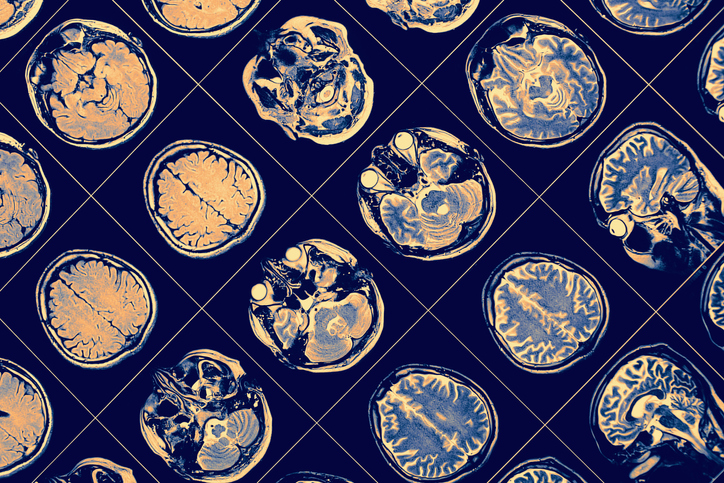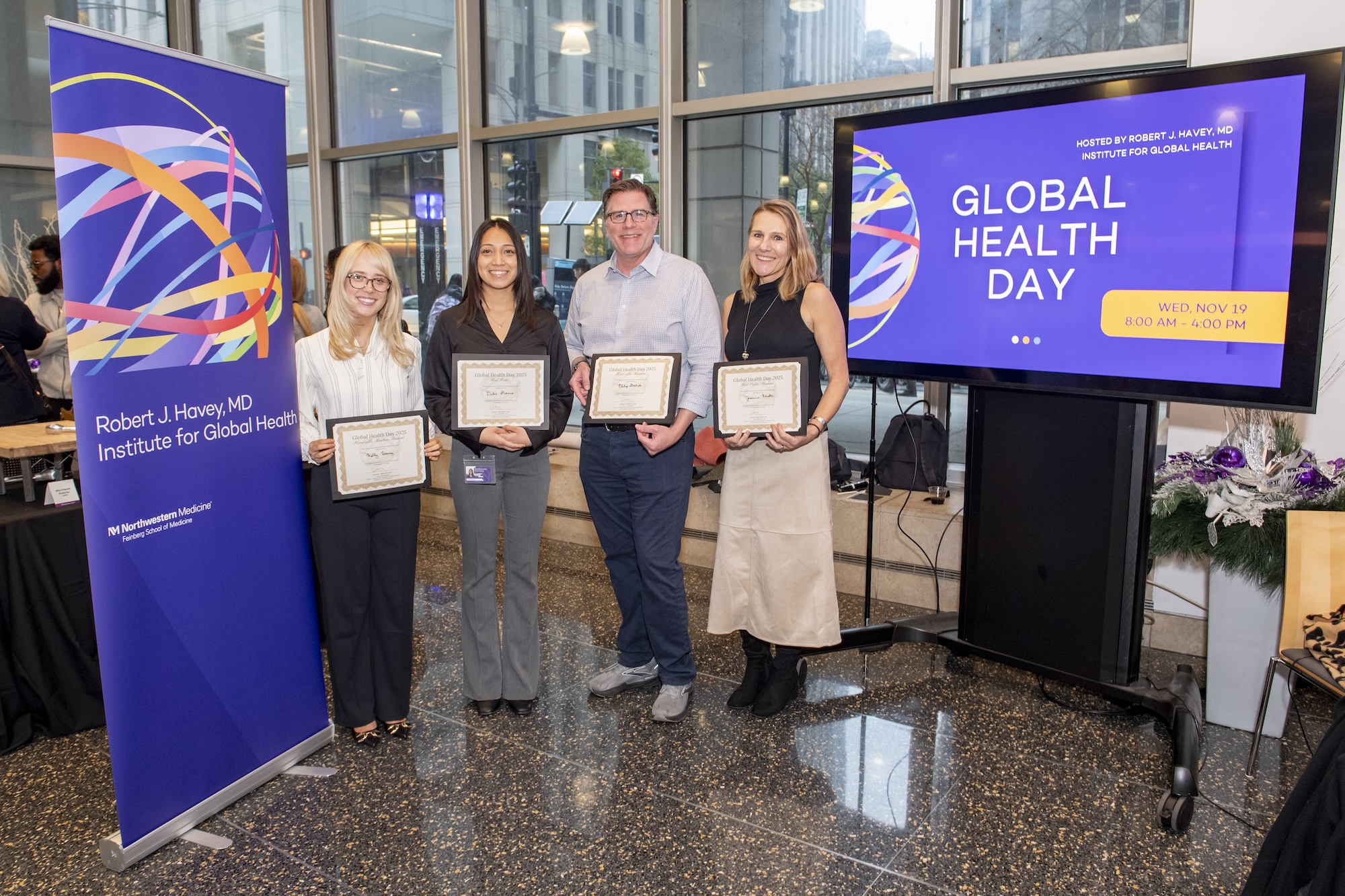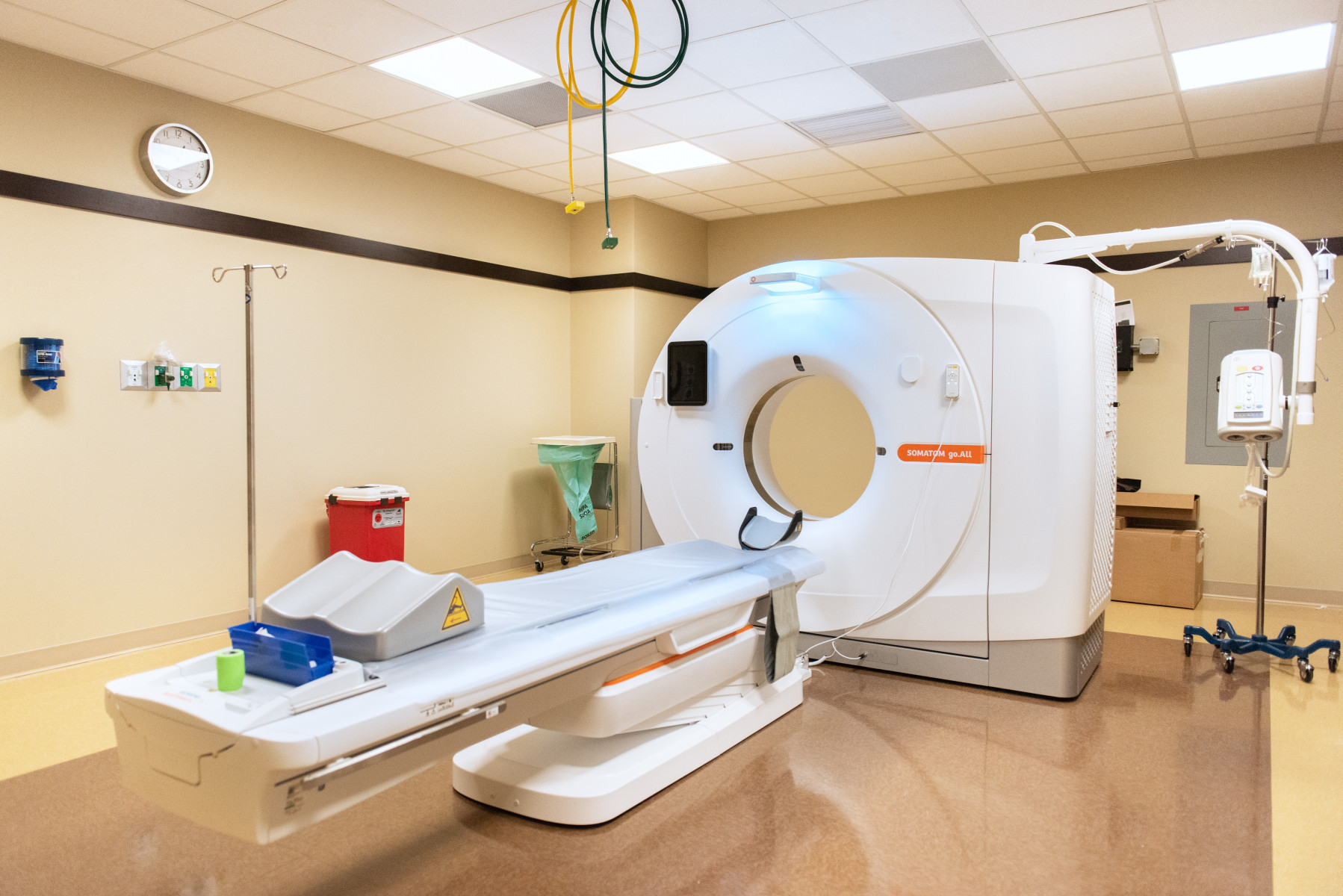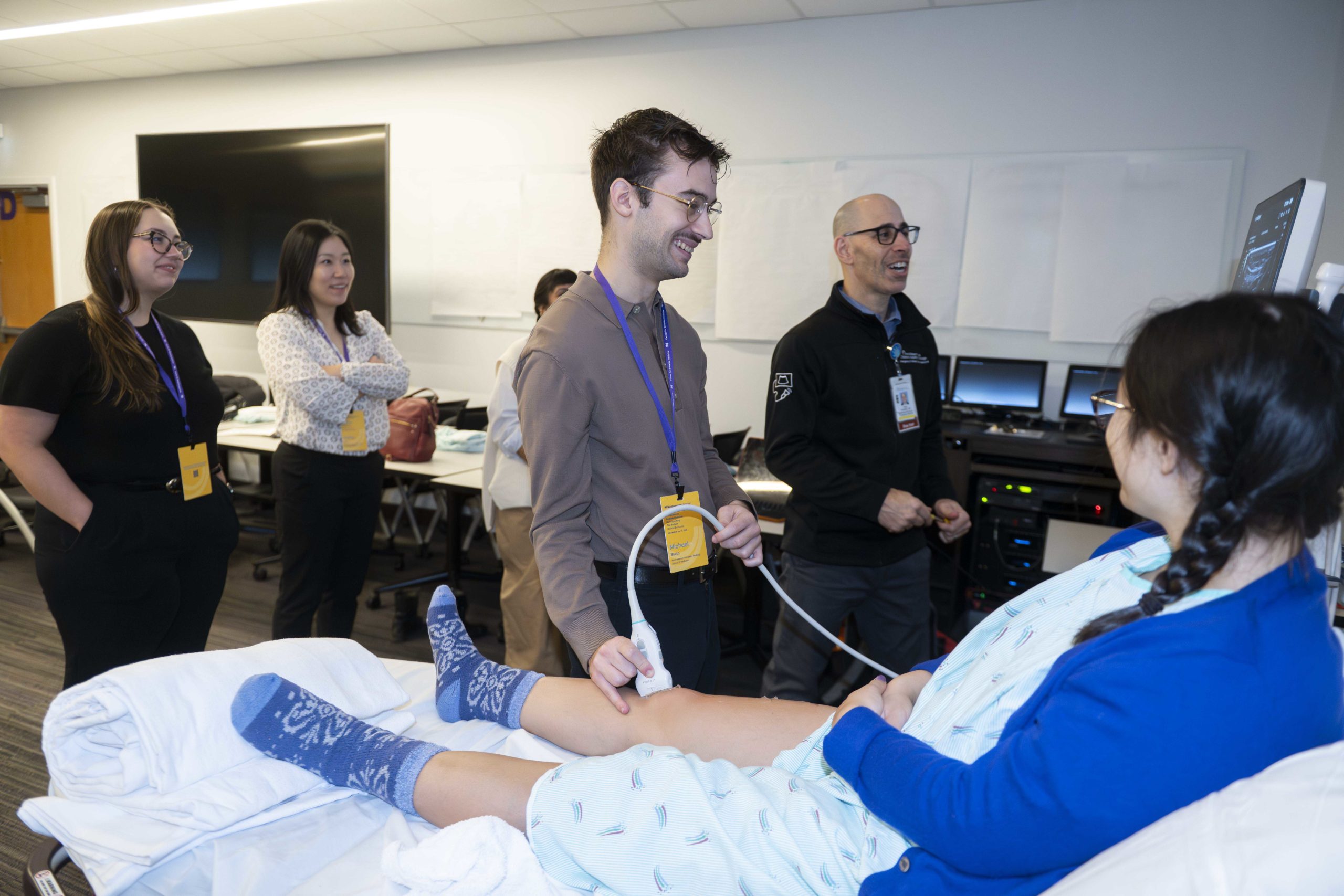Understanding paraspeckles at the molecular level could help drugs target the subcellular cancer compartment
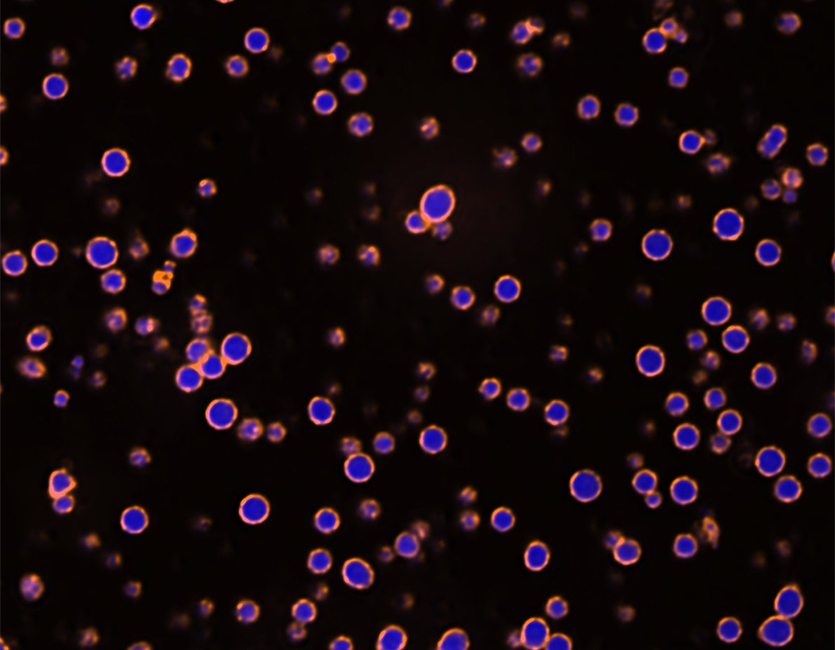
A team led by scientists at Northwestern University has discovered how paraspeckles, a landmark (condensate) found in the nucleus of cells in many organ systems, form through a different mechanism than the well-established view, a revelation that one day may aid in the design of new cancer drugs.
Condensates regulate virtually every cellular function, from signaling and protein production to DNA transcription. The new understanding of paraspeckle formation, published in Proceedings of the National Academy of Sciences, could also be predictive of many other condensate subtypes’ behaviors.
Each cell in a body contains around 10 billion biological particles, roughly as many people as are on the planet, packed together as densely as if all of these people are living in Chicago. They are organized into compartments that collectively produce life’s processes. Some of the compartments, like mitochondria and other organelles, are held together by membranes, while condensates form when certain molecules in the cell attract each other and flock together like a group of migrating birds.
The findings propose that rather than its protein components each binding to different parts of an RNA molecule to form a paraspeckle’s layers, proteins in a paraspeckle all prefer the same part of the RNA, creating competition that pushes proteins into their spatial arrangement.
“Our work makes an important advancement in our understanding of how condensates are built from their molecular components,” said cell biologist Wilton T. Snead, PhD, assistant professor of Cell and Developmental Biology, who led the research. “Specifically, our study was the first to uncover how combinations of protein-RNA and protein-protein interactions can establish a complex molecular ‘logic’ that dictates condensate form.”
The molecular “logic” mentioned by Snead may be easiest understood by thinking about the competing proteins as siblings at a buffet serving only ice cream and broccoli. Every child initially will go for the ice cream, but older siblings capable of pushing younger siblings away will end up at the front of the line, and younger siblings might then resort to broccoli.
“While an observer may draw an inference that younger siblings like broccoli and older ones like ice cream, if you do the experiment without the confounding factors, you find that everyone flocks to the ice cream, and some are settling for broccoli,” said Krishna Shrinivas, PhD, a co-corresponding author and assistant professor of Chemical and Biological Engineering at Northwestern University McCormick School of Engineering.
Combining basic sciences and engineering
Snead, Shrinivas, and Duke University School of Medicine cell biologist Amy S. Gladfelter, PhD, also a co-corresponding author, first began working together in 2021, when Shrinivas was a student and Snead was a teaching assistant in Gladfelter’s section of the Physiology Course at the Marine Biological Laboratory. After working to see the research through to publication while at different institutions, Snead and Shrinivas are planning on several long-term collaborations now that they are both Northwestern faculty members.
Snead’s expertise in protein and RNA binding combined with Shrinivas’ background in theory and computer modeling allowed the team to use both experimental and simulated approaches to conduct the study. Initially, Snead’s lab used cell-free reconstitution to assemble paraspeckle-like condensates from mixtures of purified protein and RNA fragments. Then Mary Skillicorn, a second-year graduate student in the Shrinivas lab and an author on the paper, used the experimental findings to simulate and model the biochemical interactions that gave rise to paraspeckle characteristics.
In addition to their importance in normal functioning of cardiovascular, immune and central nervous systems, paraspeckles are also dysregulated in many kinds of cancer, helping to drive cancer growth and metastasis. Without a molecular-scale knowledge of paraspeckles, scientists have so far failed to design new therapies that target their malfunction.
“Our work makes an important contribution to this goal,” Gladfelter said. “Given the importance of paraspeckles and other related compartments throughout our bodies, our findings have the potential to impact the work of scientists around the world and may one day aid in the design of new cancer drugs.”
Before they move on to drug development, the scientists look forward to continuing to collaborate on broadening understanding of paraspeckles, such as uncovering the protein sequence features that drive the competition they observed, and understanding how they regulate gene expression.
This study was supported by grants from the Air Force Office of Scientific Research (FA9550-20−1-0241), the NIH (R35GM156800 and R01GM081506), and the NSF (MCB 2044895).

